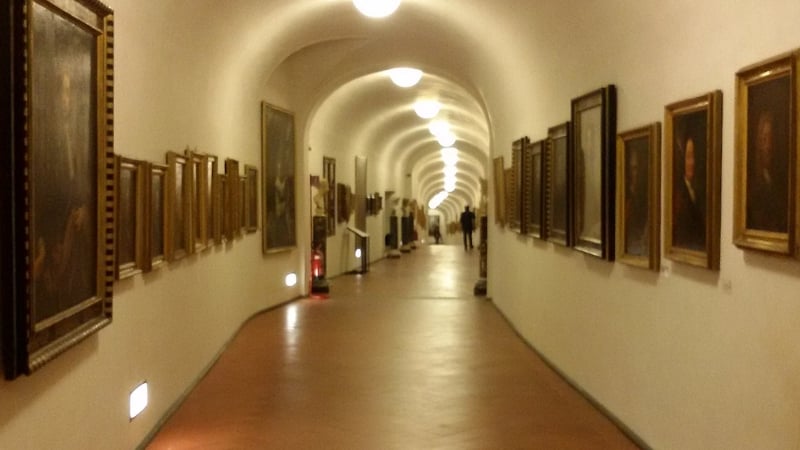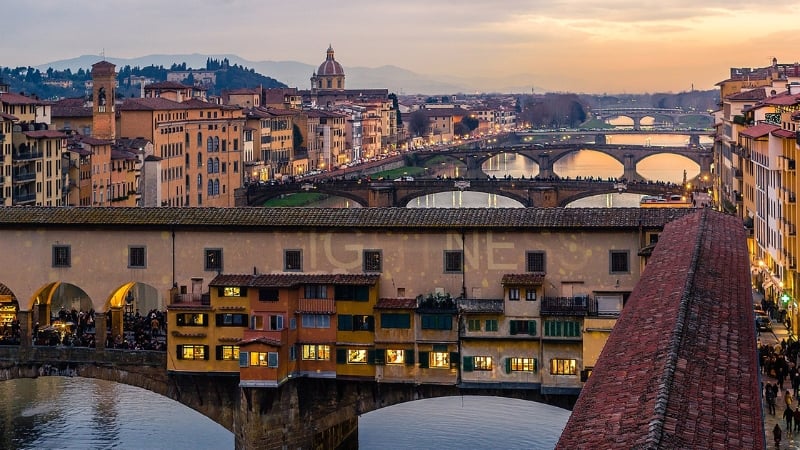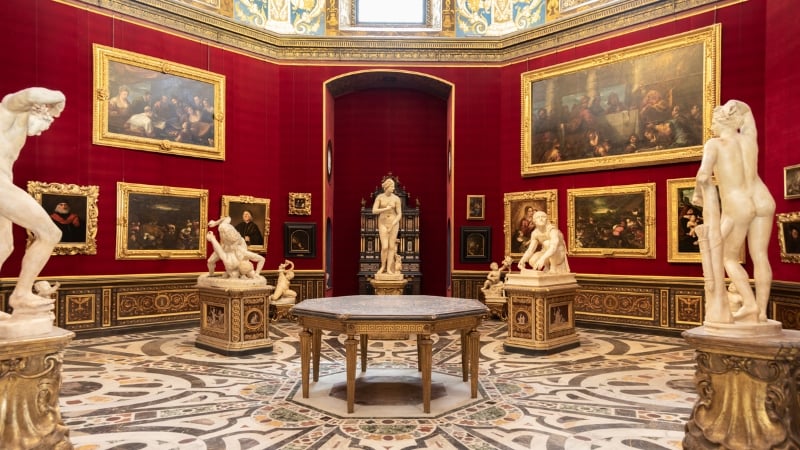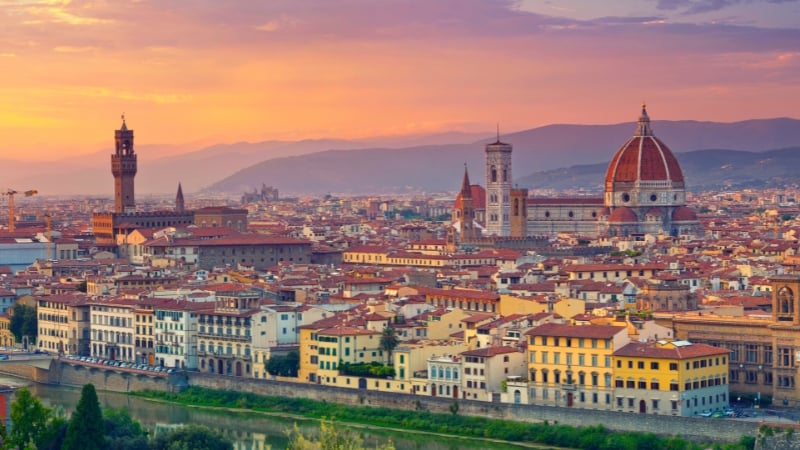Hear me out – When I say this is a hidden gem, I truly mean it! Florence, Italy, is a city brimming with history, art, and culture. However, what if I told you that a secret passageway, hidden for centuries, has just opened to the public for the first time? That’s right, the legendary Vasari Corridor (Corridoio Vasariano) is now accessible to visitors, offering a unique chance to walk through one of the most exclusive, yet lesser-known, historical sites in the city!
Also read: 13 Days Itinerary to Italy, Switzerland and France for a Good Mix of Europe
Renaissance architect Giorgio Vasari constructed this 16th-century passageway in 1565 for the powerful Medici family. The Medici, who ruled Florence for over 300 years, had this corridor created to allow them to move privately and securely between their offices at the Uffizi Galleries and their residence at Palazzo Pitti. It’s a fascinating part of Florence’s history, and until recently, it was completely closed off to the public.
The Vasari Corridor: A Corridor Through Time

Image credit: Diomidis Spinellis via Wikimedia Commons
The Vasari Corridor stretches a remarkable 750 metres through the heart of Florence, connecting three of the city’s most iconic landmarks: Palazzo Vecchio, the Uffizi Galleries, and the Palazzo Pitti. Thus, it’s not just a passage – It’s a link through time and a living testament to Florence’s Renaissance glory.
When it was first built, the corridor was meant to be a secretive, private route for the Medici family. They completely restricted access to the corridor from anyone outside their inner circle. They even prohibited staff from using it! It offered the ruling family a private, secure route from work to home, avoiding Florence‘s busy, crowded streets.
Now, after undergoing an extensive eight-year renovation costing around US$11.5 million (S$15.6 million), the Vasari Corridor is open to the public for the first time in history.
What You’ll Experience as a Visitor

Image credit: Artem Kavalerov via Wikimedia Commons
Walking through the Vasari Corridor is like stepping into a different world. The corridor provides stunning views of Florence’s architecture, including a bird’s-eye view of the iconic Ponte Vecchio over the Arno River. Moreover, the views from the corridor are nothing short of breathtaking, with the passageway weaving above palaces, towers, and rooftops.
For those interested in art and history, this is an unmissable experience. The corridor once contained 1,000 pieces of art, showcasing the Medici family’s deep connection to the cultural and political life of Renaissance Florence. As you stroll through the corridor, you’re not just walking through a passage; you’re journeying through history.
A Modern Look at Renaissance Florence

Image credit: Paologallophoto via Canva Pro
Although the Vasari Corridor has been off-limits for centuries, it’s now part of a renewed effort to open Florence’s treasures to the public. Additionally, tickets to the Vasari Corridor are priced at €43 (S$61), which also grants you access to the Uffizi Galleries.
Visitors are able to tour the Vasari Corridor in small groups, which helps preserve the intimacy and historic feel of the passageway. The experience isn’t just about looking at buildings and art. It’s about immersing yourself in the vision of the world that the Medici family created. This is a world where culture, politics, and art were intricately intertwined.
More Than Just a Tourist Attraction

Image credit: RudyBalasko via Getty Images Pro
This newly opened corridor isn’t just an exciting addition to Florence’s many tourist attractions. It’s a glimpse into the very soul of the Renaissance! The Vasari Corridor reflects the Medici’s vast influence on European art and culture, embodying their power and patronage.
Whether you’re a history buff, an art lover, or just someone looking for a unique experience in Florence, the Vasari Corridor offers a chance to see the city in a new light. It’s an extraordinary place to avoid the usual crowds and discover Florence’s more intimate, hidden spaces.
Also read: 10 Family Friendly Airbnbs in Florence, Italy to Book in 2024
If you’re planning a trip to Florence, this is definitely an experience to add to your itinerary. After all, it’s a walk through history, culture, and art that you can’t get anywhere else! Now, for the first time ever, it’s open to everyone.
Facebook featured image credit (L-R): Diomidis Spinellis via Wikimedia Commons; Sergey Novikov via Canva Pro







